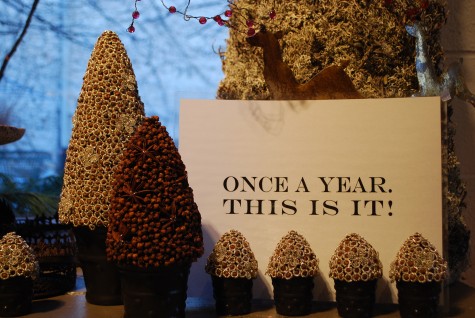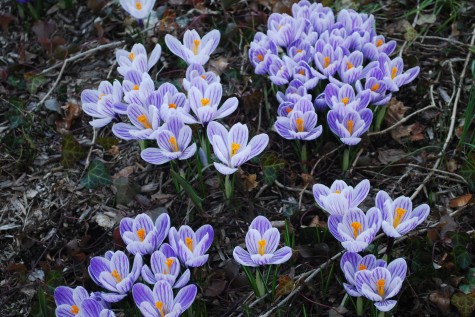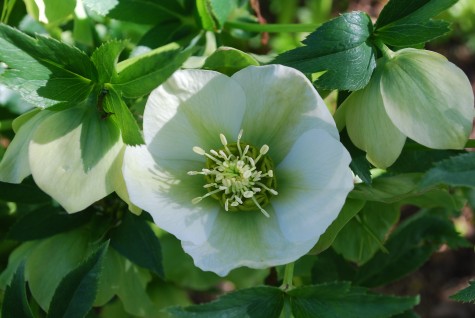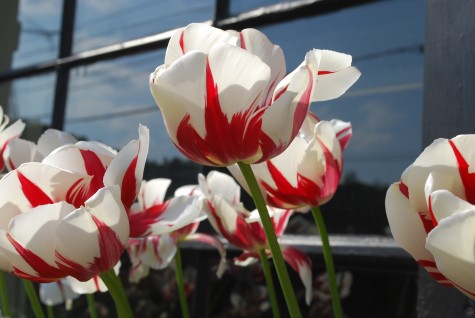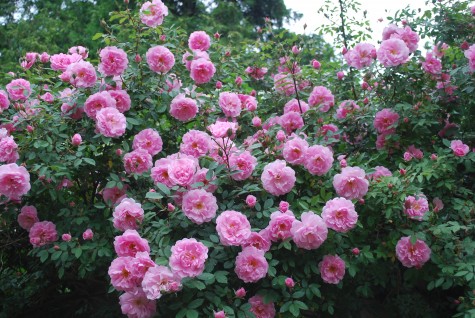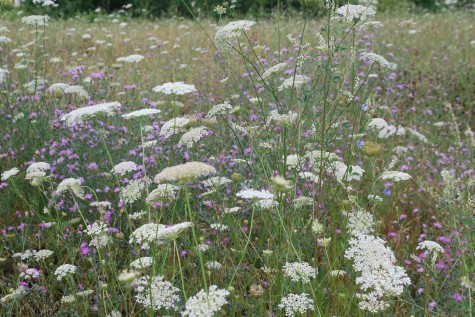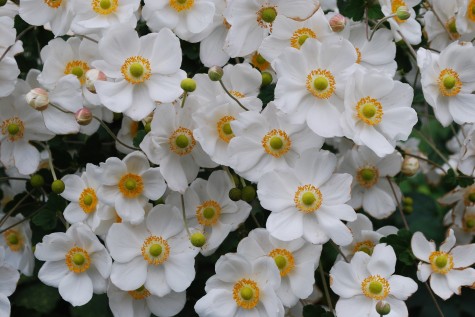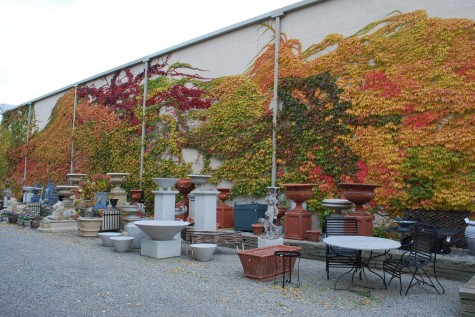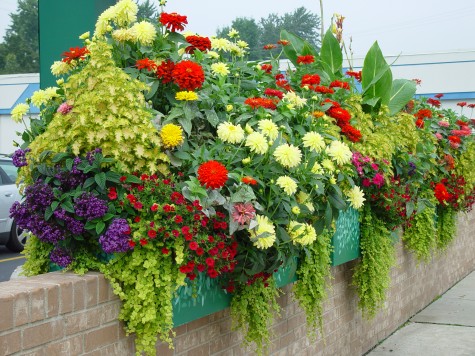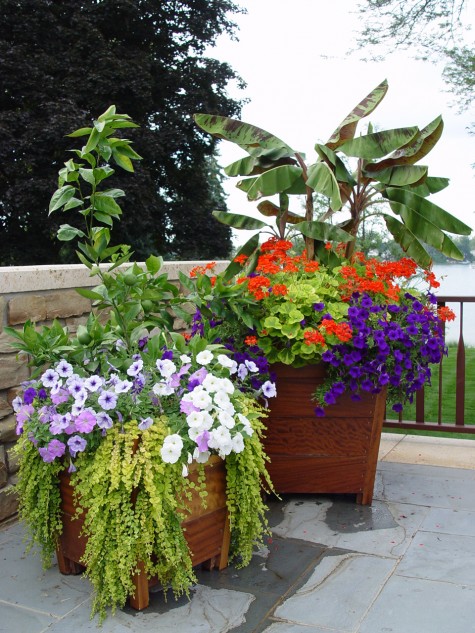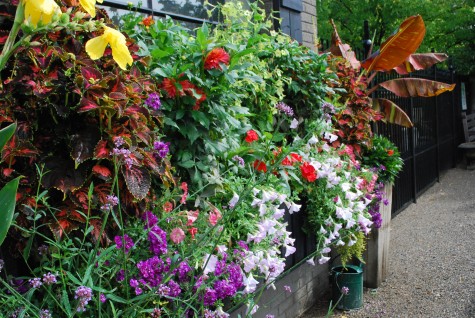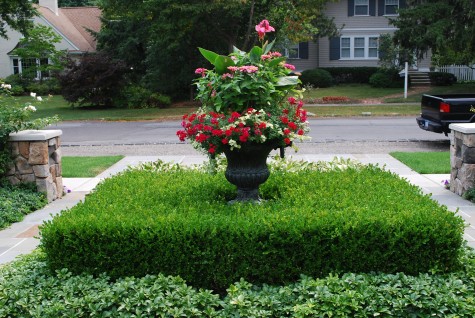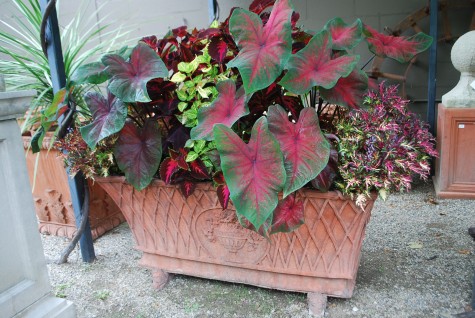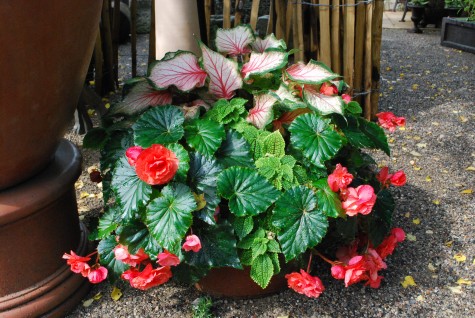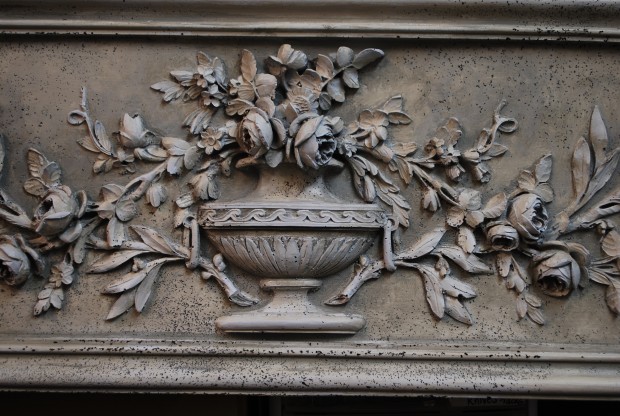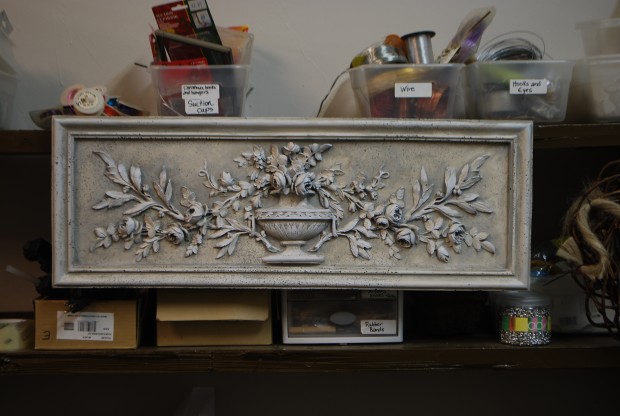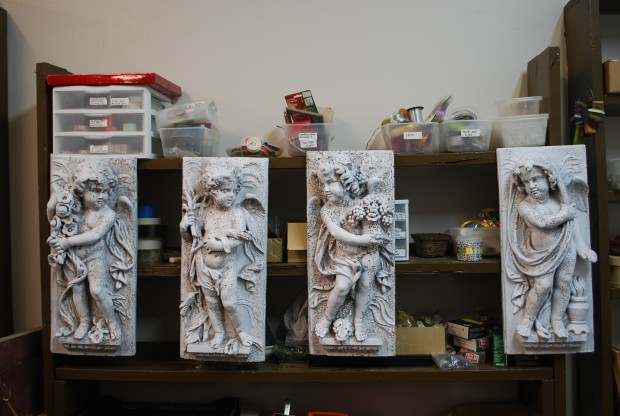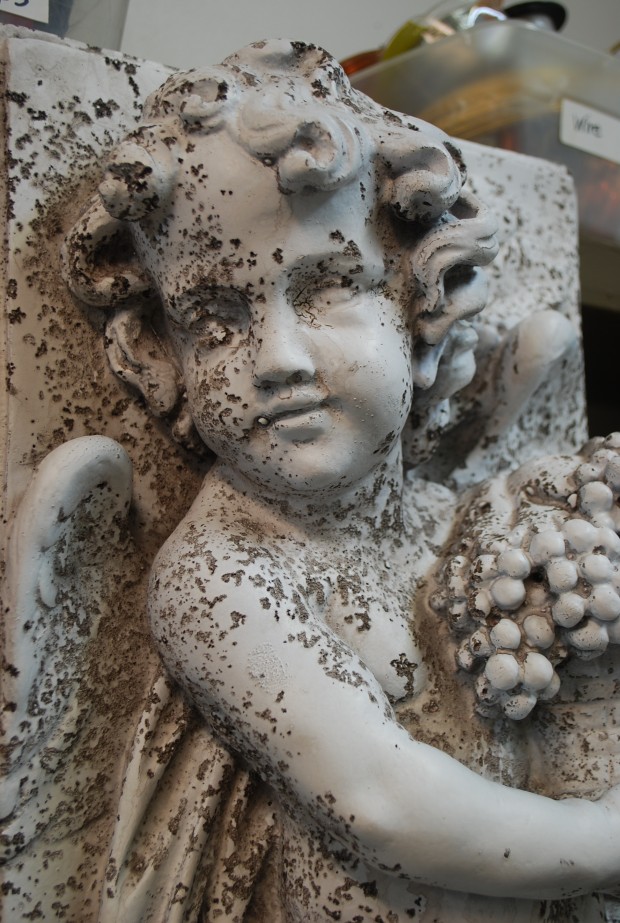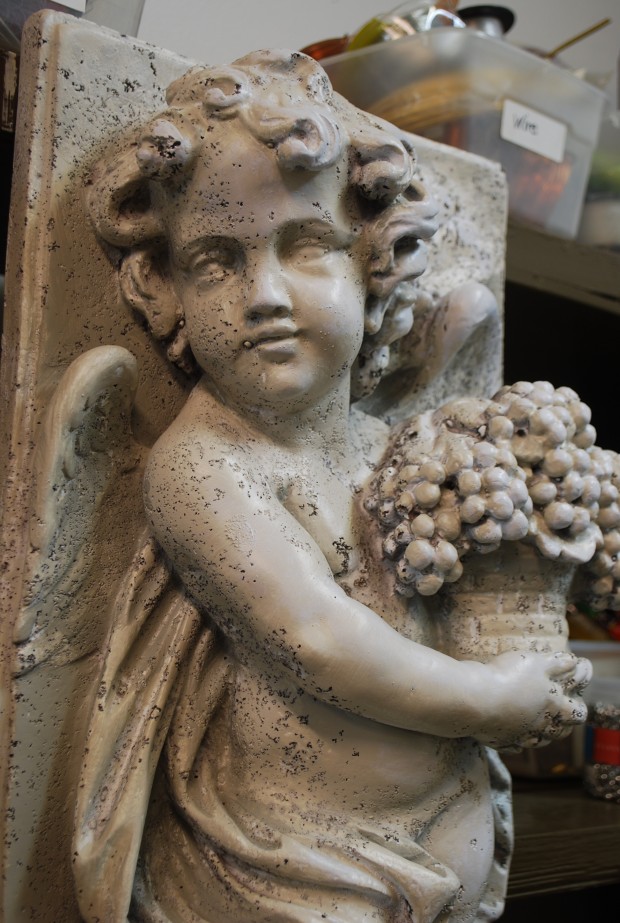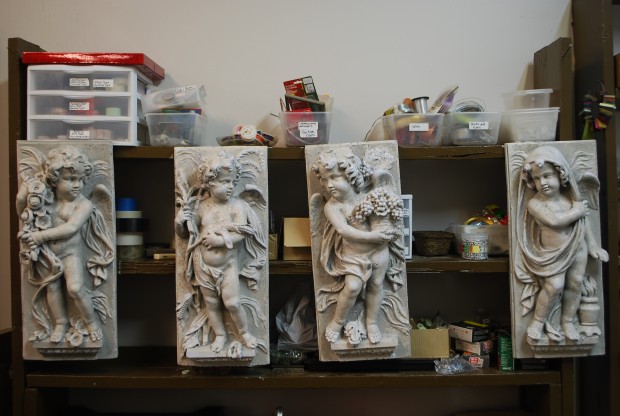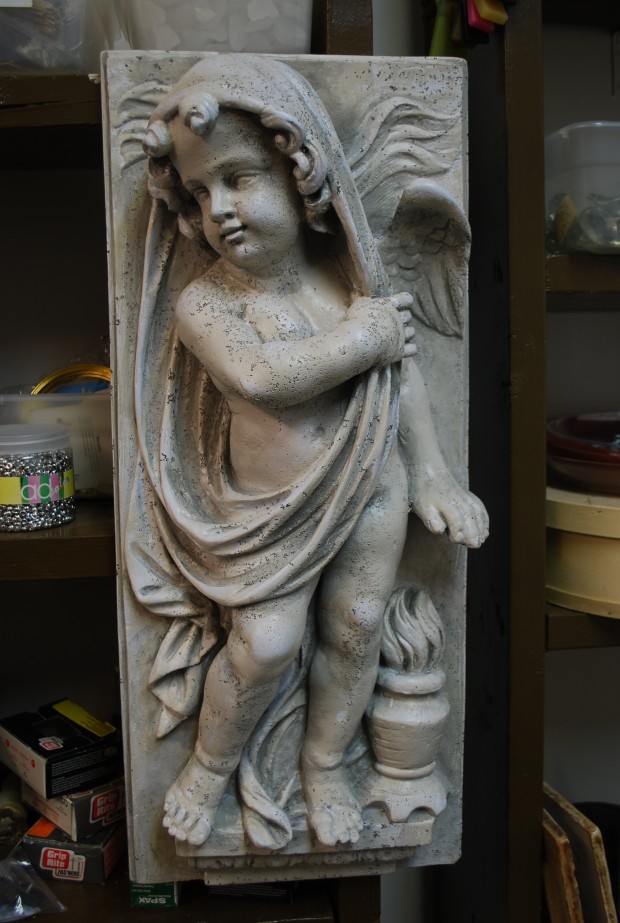A recent article in my local newspaper warned readers about how garden centers can offer bad advice to their customers. He referred in particular to a reader who had written in regarding 30 boxwood that she and her husband had purchased from a garden center, and planted themselves. On the advice of the nursery person, they did not remove the burlap from the rootball, and they planted the shrubs such that part of the rootball was above grade. They furthermore had installed drip irrigation. Some time later, she realized her plants were not thriving; the leaves had started to turn yellow, and/or red. What was the problem, and what should she do? Though the writer did answer with the obvious – that it is very difficult to diagnose plant problems without observing them and the environment in which they were planted – a diagnosis he did make. His conclusion? Watch out for what garden center people tell you. From the fact they were watering with drip irrigation, he deduced she might be overwatering as our area had had more than enough rainfall this year. She should water less. He went on to state that given the rules regarding proper planting practices, which have not changed over the past 25 years, she had planted the shrubs improperly. She had been given very bad advice from the nursery staff person. For starters, the burlap should have been completely removed from each shrub. For finishers, each shrub should have been planted with the top of the rootball just below the surface of the existing soil. The soil should then be tamped down, and a “a ridge of soil a foot or so” should ring each plant so as to capture rain. Lastly, he states that as there are no exceptions to these rules, they should give consideration to digging up and replanting all thirty boxwood.
My first reaction to this article was to look at the science. I checked out the rainfall history for past 90 days in our area via the National Weather Service. Unless I am reading the table wrong, our area is four to six inches below the average rainfall normal for this time period. We certainly have not had the relentless rain that other parts of the country have experienced this year. We have had an unusually cool summer, which could perhaps account for a slower water evaporation rate from the reader’s soil. Yellow leaves on boxwood can be a result of other things besides too much water-as in too little water, root rot, winter damage, fungal infections etc. I am of the opinion that the proper diagnosis of a plant problem cannot be made without a visual inspection and assessment of the environment. I also think diagnosing the problems of plants is as much an art, as a science. The diagnostician will give weight to this factor more than that one, based on his experience and judgment.
In the nursery industry, a “B and B” shrub refers to the fact that it is balled and burlapped. Successful tranplanting of a shrub from one place to another has much to do with maintaining an intact rootball. The burlap on a small shrub, and a wire cage over burlap on a large tree is a means by which to protect the integrity of the rootball. Evergreen shrubs in particular need fairly large rootballs to weather the insult of transplanting. Broken rootballs can kill plants. The plastic burlap common years ago has given way to fibrous burlap which does rot, given enough time. I myself have planted many thousands of boxwood over the past 25 years; I have never removed the burlap entirely from the ball. I only cut the burlap away from the trunk and shoulders of the ball for two reasons. I do not want burlap exposed to the air to wick water away from the rootball. More importantly, I need to visually inspect the top of the ball. Sometimes in the process of burlapping, a rootball goes soft, and soil from below gets accidentally mounded up around the trunk of the plant. The point at which a trunk becomes roots tells you what goes above ground, and what goes below, and seeing is believing. One cannot assume that the soil you see on top accurately represents the true top of the rootball. Likewise, the top of the burlap tells you nothing about the juncture of trunk and rootball. Planting any plant too deep is a sure recipe for failure; roots drown if water cannot drain away from them. I would never plant a shrub slightly below grade for this reason. I routinely plant shrubs slightly above grade; there is plenty of support for this practice in the literature. I furthermore have a hedge of arborvitae whose mulched rootballs have been sitting on top of my gravel driveway for the past 3 years; they are thriving on this mini-mountain berm. It is my opinion that there is no one set of rules for planting- any deviance from which will result in failure. I have seen many successful plantings over many years that do not play by the aforementioned rules.
My point with all of this? Horticultural practice has changed plenty in degree, if not substance, over the past 25 years. The body of scientific information changes and grows regularly. Anything you read and absorb from university cooperative extension agencies, garden centers, the internet, the RHS dictionary, and other gardeners can help you be a better gardener – provided you realize there will be no substitute for your own trial and error, your own experience and good judgment. I am a landscape professional whose planting practices have worked successfully a great majority of the time over the past 25 years. This does not lead me to suggest that how I do things is the right or the only way to do things. What works for me could be of interest to you, or not. Any gardener is free to subscribe or not to an idea; it is their decision. This is precisely why people consult with others, and get second opinions.
When I make decisions, the responsibility for that decision becomes mine. In many years of garden making I have had plenty that has not worked. By and large, my failures belong to me, and not someone else. Anyone who purchases plants at a garden center and plants them, assumes the responsibility for what happens as a result of their selection, placement, planting, watering, winter care, pruning, feeding-and so on. Though many garden centers have free replacement policies, that does not apply to plants that are alive, but in poor health. Protect your investment of time and money by becoming educated. If you have the idea to plant, learn about how to do so before you invest your money time and effort. If you don’t educate yourself, the plants will educate you; they do not always give out second chances. If you still are uncertain as to how to proceed, get a consultation from someone whose knowledge and experience makes their opinion a good bet. Though garden centers do plenty to educate their staff people, not everyone’s knowledge and aptitude for planting or diagnosing problems is equal. It is a simple matter to ask a salesperson if they have a shade garden at home, and for how long, before taking their recommendation on the merits of various shade perennials. The surgeon who will replace my failing knee this winter has replaced thousands of knees successfully. This is an excellent reason to have consulted him, and trust his judgment. Were I having problems with shrubs I had spent a lot of money time and effort to plant, I would consult someone who diagnoses these problems professionally. As I would want to claim ownership of my successes, I need be willing to own my own failures.
Though I design and plant for my clients, I explain that the responsibility for the health and well-being of that landscape is theirs, once I have finished and gone home. Though I check in once in a while at the beginning, I need them to keep up with what I have begun-water, watch, and call me at the first hint of trouble. Though I have made a career of planting plants, I have asked for help plenty of times. I know all I have at my disposal to help people is my experience, integrity, and reasonably good judgment. I am not the keeper of the keys. Though I try very hard to ensure success for my clients, this does preclude things from going awry. The best reason for taking on responsibility? No one will ever care as much about your landscape as you do. Taking responsibility is as rewarding as it is scary; seeing one’s committment to keeping a landscape alive and thriving come to an ongoing and evolving fruition? So very satisfying.
